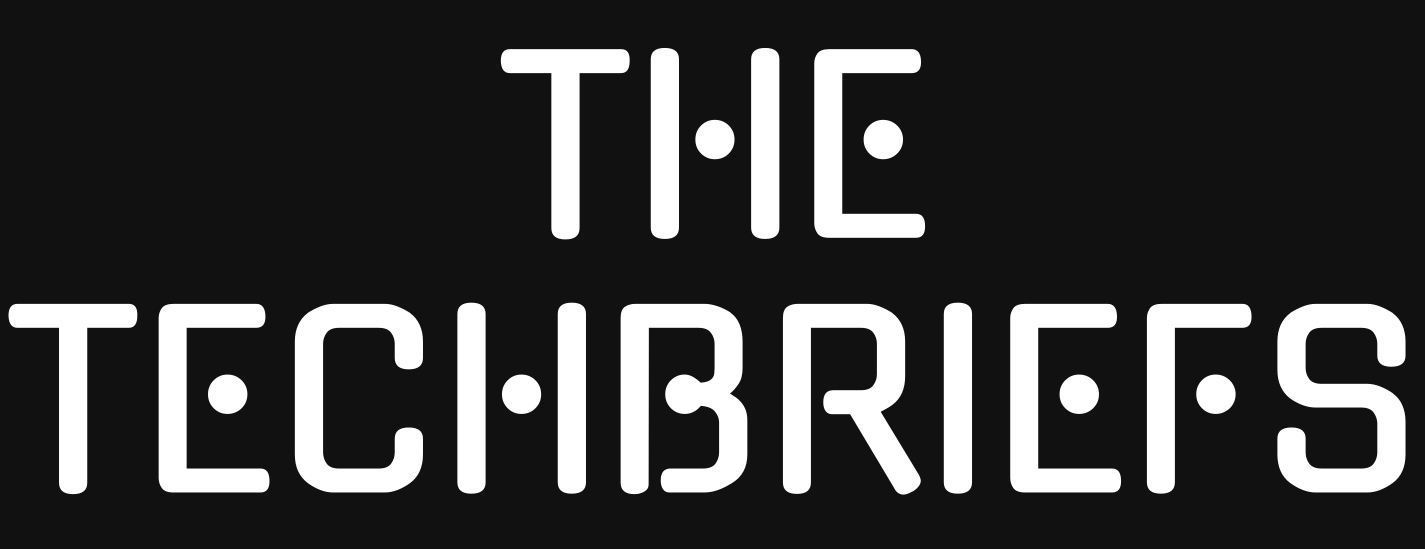
ChatGPT is only as good as the prompt you give it. Which is why there’s so much advice online promising to teach you how to write better prompts for better results. If you’re new to ChatGPT and AI tools generally, prompts are just how you tell it what you want. They can be short and simple, long and detailed, or somewhere in between.
The problem is, a lot of prompt advice for work still feels formal and a bit too corporate. Which absolutely works in some contexts. But not if you just want to follow up casually, write a breezy blog post, or get a second opinion on an email. We’ve already shared tips on how to move beyond the more robotic-sounding ones in our better prompts to use with ChatGPT and how to prompt ChatGPT to inspire your creativity guides.
But here we’re focusing on practical, beginner-friendly prompts for everyday work challenges. The kind of support we think ChatGPT is best for. When it’s a helpful sidekick that gets you through the trickier bits of your day, from managing burnout to getting you started when you’re staring down a blank page, here are some of the best ChatGPT prompts for real work problems and how to make the most of them.
You can’t get your head around a long document or report
Prompt: “Can you summarize this [email/report/article] in under 300 words?”
If you’re overwhelmed by long documents or need to quickly share the key points, this prompt is a lifesaver. Just paste in the text and ask for a summary. You can also request bullet points or a particular tone if you need it.
It goes without saying here, and throughout the rest of this guide, you need to fact-check and proof the results before using them in external communication. We know that ChatGPT can still get things wrong. Use this one more for your own understanding or prep than for copy and pasting what it gives you directly into presentations or documents.
You need to send a polite but firm email
Prompt: “Can you help me write a follow-up email that’s polite but firm?”
If you’re stuck drafting a reply, especially one where tone really matters, this can help you find the right words. You can add the initial email, provide more detail about what you’re trying to say, or even include your rough draft and ask for feedback or refinement.
Don’t think of this as handing over all of your communications to AI, just getting a tone check when you’re second-guessing yourself.
You’re overwhelmed
Prompt: “I have too much to do and I’m overwhelmed. Can you help me turn this into a prioritized to-do list?”
This one is great for getting your thoughts in order. List all of your tasks into the chat and ask ChatGPT to sort them by urgency or energy level. It’s not perfect, and you’ll likely need to answer a bunch of additional questions to get helpful results, but it is a quick way to calm the chaos and start somewhere.
You’re panicking
Prompt: “I’m panicking about [insert issue]. Can you walk me through a simple breathing exercise, one step at a time?”
Let’s be clear, ChatGPT isn’t a therapist and shouldn’t replace real support. But if you’re spiralling and just need a moment of calm, it can talk you through breathing or grounding techniques.
The key here is to be as specific as you can and to ask it to go slowly. ChatGPT often dumps too much info at once, so request a step-by-step approach.
You’re onboarding someone new
Prompt: “I need help explaining [complex topic] to someone new. Can you simplify it without losing the key points?”
This one is perfect for onboarding materials, training sessions or writing documentation. Especially if it’s a topic you know really well and can’t quite shift back into a beginner’s mindset. You can also ask it to rephrase something you’ve already written to make it clearer or more beginner-friendly.
You’re negotiating
Prompt: “Can we role-play a salary negotiation? Pretend you’re my manager and I’m asking for a pay rise.”
One of ChatGPT’s underrated strengths is being a rehearsal partner. Practicing conversations like this can help you feel more confident and spot any obvious gaps in your reasoning. As always, take its advice with a pinch of salt. But use it to clarify your points and prepare for different responses you may not have considered.
You’re running a meeting and don’t know where to begin
Prompt: “I’m running a meeting about [topic]. Can you help me write an agenda and some discussion points?”
Whether it’s a brainstorm, strategy session, or weekly team check-in, this prompt gives you a solid structure fast. You can also ask for time estimates, ways to encourage participation, or follow-up actions. Like many of these prompts, the more follow-up information you provide, the better. But it should be a good starting point.
You’re staring at a blank page
Prompt: “Suggest an outline for a blog post about [topic], for [audience], in a [tone] tone.”
Again, the more detail here, the better. But even this basic structure gets you started. You can also follow up with: “What else do you need to know to help me?” This one is especially useful when you’re intimidated by a blank page and just need a nudge in the right direction, rather than ChatGPT to write it all for you.
You need to simplify something complex
Prompt: “Rewrite this paragraph to make it clearer and easier to read.”
This one is ideal for reports, emails, presentations, or even social media posts. You can also follow up with: “Now make it more casual/confident/conversational.” It’s like trying on different outfits for your writing and a quick way to explore tone and clarity if you’re stuck in a rut.
You’re stuck naming something
Prompt: “I need a name for this [project/report/initiative]. Can you give me 10 creative but relevant options?”
Naming things can be hard. Especially when you’re stuck in a cycle of thinking and can’t come up with anything fresh. Now, ChatGPT won’t always land the perfect solution, but it will push your thinking in new directions, which is often all many of us need. Try asking it to combine words, use metaphors, or reflect specific themes.
You want to make sure you haven’t missed anything
Prompt: “I’m working on [task/project]. What questions should I be asking to make sure I’ve covered everything?”
This is one of the most underrated prompts out there. If you’re not sure what you’re missing, ask ChatGPT to help surface any blind spots. It can help you double-check your approach, identify missing steps, or think more strategically.
These prompts aren’t magic, but many of them are powerful because they’re helpful starting points. As we always say, the goal here isn’t to let ChatGPT do your job for you; it’s to let it support you when things feel messy, slow, or uncertain.
Use it as a brainstorming partner, a second pair of eyes, or a calm voice when yours feels frazzled. And remember, the best prompts don’t have to be complicated. They just have to be clear, kind, and specific enough to guide the tool and better support you.

